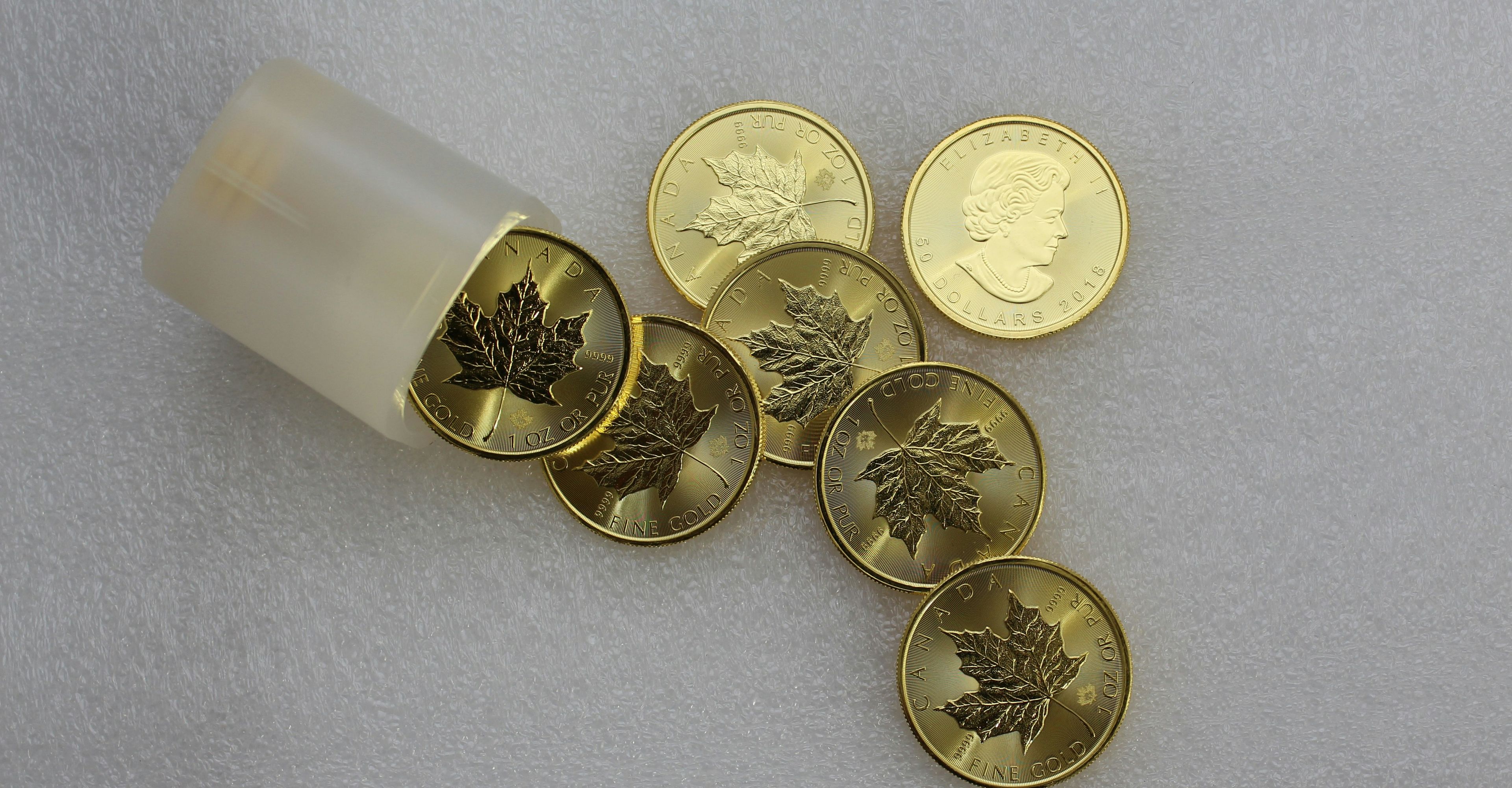The Best Gold and Silver ETFs (Canadian Investor Edition)
Last Updated:

Gold and silver are finding renewed interest among Canadian investors, with both metals surging in response to a downturn in equities driven by renewed Trump-era tariff concerns. While headlines have focused on recent highs, it's worth stepping back to take a more strategic approach.
Instead of buying physical bars or coins, gold and silver ETFs offer a more accessible, cost-effective, and flexible way to gain exposure. These funds eliminate the hassle of storage and make it easier to trade or rebalance your portfolio.
If you're looking to add precious metals to your investment strategy, here’s why ETFs may be the smarter choice—and which ones to consider.
Why Buy a Gold or Silver ETF?
When buying or selling physical bullion, you're almost always subject to bid-ask spreads set by dealers, which can reduce the cost-effectiveness of your transactions. Dealers typically charge more to sell than they’ll pay to buy, creating an immediate drag on your return.
Storage and security are also key concerns. Whether you’re investing in gold or silver, you’ll likely need a safe or safety deposit box to store your holdings securely. For larger amounts, insurance might be required to protect against loss or theft, adding further to your costs.
Then there’s the issue of counterfeiting. PAMP gold bars, for instance, are known targets for counterfeiters, particularly when purchased outside reputable channels. The same goes for silver, where counterfeit bars have been discovered with lead or tungsten cores disguised beneath a thin coating of silver—fooling even experienced collectors.
In contrast, gold and silver ETFs streamline the entire process. These funds can be traded just like any stock, offering you exposure to precious metals without the complications of physical ownership. They eliminate the need for secure storage, reduce liquidity concerns, and remove the risk of buying counterfeit products.
For Canadians, ETFs are also the more tax-efficient choice—especially when held in a registered account like a Tax-Free Savings Account (TFSA) or Registered Retirement Savings Plan (RRSP). In a TFSA, any gains from gold or silver ETFs are completely tax-free, making them a smarter option for long-term precious metals exposure without triggering taxable events.
My Favorite Gold and Silver ETFs
The Canadian market for gold and silver ETFs has evolved in recent years, with newer, lower-cost options offering a clear advantage over older, more expensive legacy funds. That’s good news for investors looking to gain exposure to precious metals without overpaying on fees.
When it comes to gold, many Canadians have historically turned to the iShares Gold Bullion ETF (CGL) or its non-currency hedged version (CGL.C). However, both charge a relatively high expense ratio of 0.55%, which eats into long-term returns.
A stronger alternative is the BMO Gold Bullion ETF (ZGLD). With $770 million in assets under management and a much lower expense ratio of 0.23%, ZGLD offers better value without sacrificing quality.
The fund invests in long-term holdings of unencumbered gold bullion in 400-troy-ounce bars—standard international sizes stored securely in a BMO vault in Canada. These holdings are also subject to periodic audits to ensure transparency and compliance.
Silver investors face a similar choice. The iShares Silver Bullion ETF (SIVR) and SIVR.C have long been default picks, but their 0.66% expense ratio is on the higher side. A more efficient option is the Purpose Silver Bullion Fund (SBT), which manages $67 million in assets and charges just 0.29%.
SBT holds fully allocated and segregated silver bullion, stored in treasury vault facilities at a Canadian chartered bank. That setup ensures your investment is securely stored and kept separate from the institution’s own assets.
Other Options You May Have Heard Of
If you've been browsing for precious metals on your brokerage platform, you’ve likely come across some alternatives that aren’t quite like typical ETFs.
While they still offer exposure to physical bullion, these products come with structural quirks you’ll want to understand.
The Royal Canadian Mint issues two exchange-traded receipts: MNT for gold and MNS for silver. These aren’t pooled funds like ETFs. Instead, each receipt represents a direct claim on a specific amount of physical bullion stored by the Mint.
One feature that sets these apart is the option to redeem your receipts for actual gold or silver—though you’ll need to hold a sufficient quantity to do so.
Backed by a Crown corporation, they offer an extra layer of security. However, they aren’t very liquid and often trade with wide bid-ask spreads. MNT charges a 0.35% sponsor fee, while MNS charges 0.45%.
Sprott offers a different structure entirely through its closed-end trusts: PHYS for gold and PSLV for silver. These funds don’t have the same creation and redemption mechanisms as ETFs, which means they can trade at significant premiums or discounts to their net asset value (NAV).
As of April 4, PHYS traded at a -1.62% discount to NAV, and PSLV at a -0.89% discount. While those discounts might seem like bargains, there’s no guarantee they’ll narrow over time—and they’ve historically been wider. PHYS carries a 0.57% expense ratio, while PSLV charges 0.60%.
If you’re willing to overlook the quirks of closed-end trusts, Sprott also offers the Physical Gold and Silver Trust (CEF), which combines both metals in one product. It has an expense ratio of 0.48% and was recently trading at a -4.77% discount to NAV.

